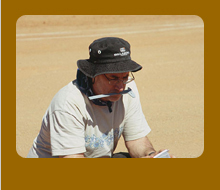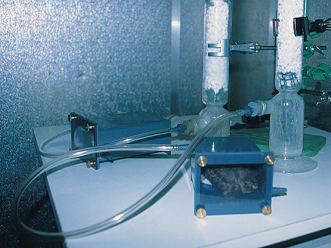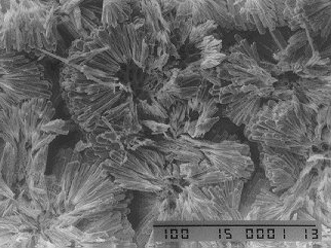
 |
|
Captive husbandry and breeding of Chersobius signatus Aim Gathering data on behaviour, growth, metabolism, reproduction, and eggshell morphology of C. signatus, some of which may provide useful information on the ecology of the species under natural conditions. In addition, the project aims to determine if it is possible to develop a genetically healthy, reproducing C. signatus population in captivity. Materials and methods Importing small numbers of wild-caught C. signatus to different studbook locations, providing optimal conditions, and making focal observations. Furthermore, scanning electron microscopy and gas exchange chamber measurements. Timeframe and status The first four tortoises were imported in 1995. In later years, additional specimens were imported, and successful breeding started. The current population can be evaluated in the studbook overview. The population will continue to develop, and it will continue to serve as a source for data on C. signatus.
Collaborators In the past years, the captive population has served as a source of animals, eggshell, or blood samples for the following three specialist studies: (1) Metabolism in relation to environmental temperatures (Fabian Schmidt, Frankfurt University, Germany); (2) Eggshell morphology (Declan Nolan, Nijmegen University, Netherlands), and (3) Determination of parent-offspring relationships through microsatellite DNA (Jessica Cunningham, University of Cape Town). Finances The tortoises in this project are housed at studbook locations (including zoos) in several countries. Each locations is expected to arrange for its own finances. Finances for the specialist studies on eggshells, DNA, and metabolism were provided for by the collaborators who undertook these studies. Links
|

